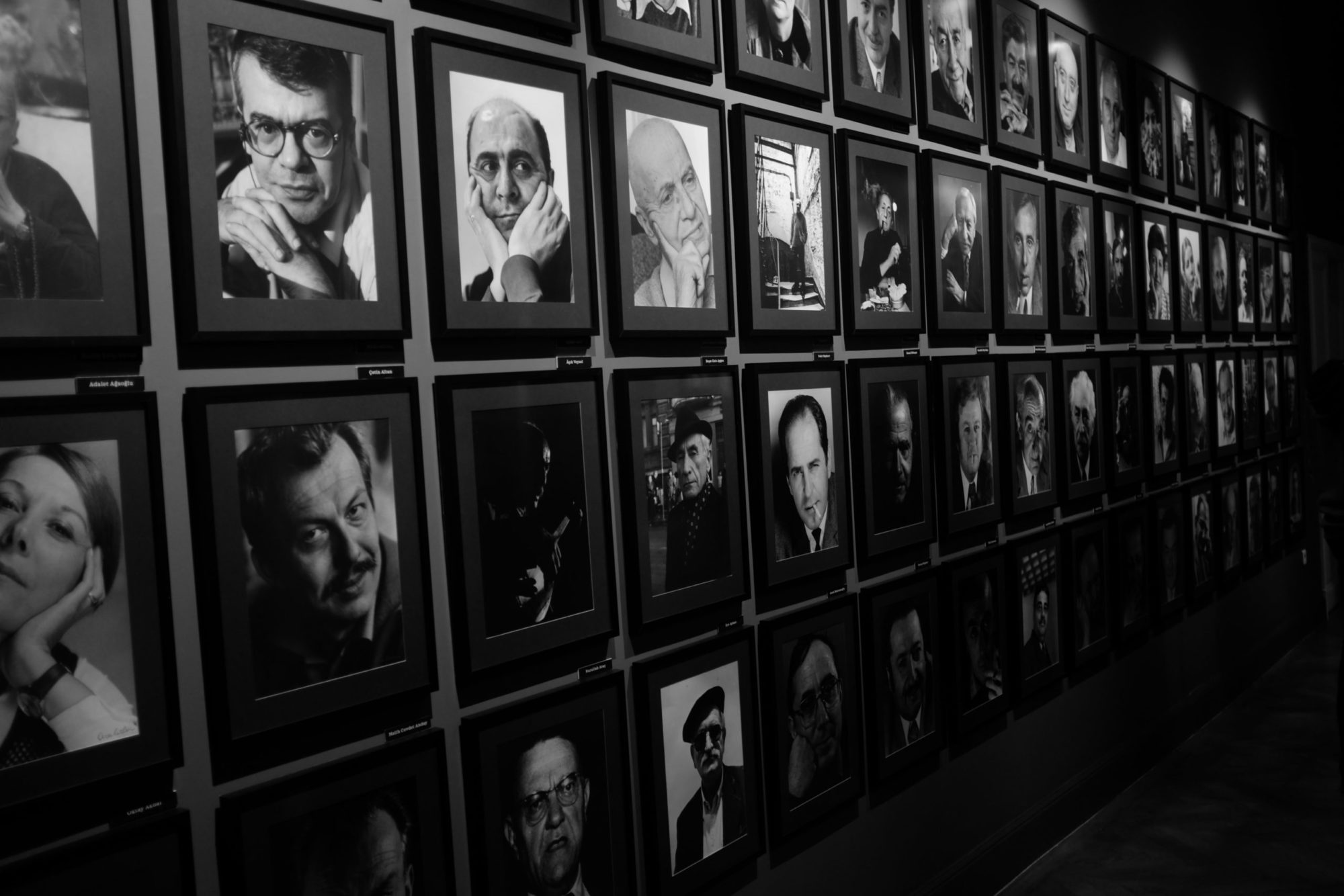Sometimes, when I walk into a room — a conference room, a board room, an auditorium, a lecture hall — I count the Black and brown faces, all the ones I can find. I didn’t set out to create this practice. It happened one day, and I found it impossible to stop. I believe it grew out of some underlying level of shock that I knew I shouldn’t have. The number of Black and brown faces in the national security apparatus is anemic, thin. And I’m well aware I’m not the only professional in the District, let alone America, to have this reaction when finding themselves in a setting void of others whose experiences reflect their own lives. Nonetheless, counting has become a reflex as natural as a doctor tapping your knee to see if it jerks. And it’s led me to ask a follow-on series of questions. What’s actually happening here? What takes place within this system that still makes this lack of diversity so commonplace, rather than the exception to the rule?
The national security community has identified its personnel shortcomings and increased its efforts to diversify its ranks with exceptional talent at all levels. Particularly, in the Obama administration, there were clear and distinct efforts to identify more qualified and capable people of color to serve in a variety of positions. Unfortunately, as is the case with many industries today, the administration’s desire for increased representation didn’t fully result in its desired outcome. There are arguably a couple of reasons for this. One immediate barrier to entry into the community is the security clearance process. Sometimes, there might be an issue with someone’s actual history, but often it’s a practical need for an office to place a top candidate in position as soon as possible, because an administration is on a timetable. Everyone wants the best candidates and the most capable people, but a candidate who takes a year to be cleared, given the clearance restraints, can easily lose out to someone who has, or has recently held, a clearance. Now, include the fact that many people of color, and particularly Black Americans that already face barriers to employment, experience additional frustrations when attempting to secure jobs that require a clearance, and you can practically watch as the machine self-perpetuates. It’s difficult to expect people of color to enter the room of practitioners when they continue to face obstacles to practicing.
People of color are not a monolith. They are not interchangeable simply because they may have similar or shared experiences.
Another issue that continues to prove problematic is networks. Again, given time constraints and pressures on an administration to reach its goals, hiring authorities and leaders can be reluctant to take a chance on unknown professional talent. Who are the candidate’s validators? Are they people I know? What schools are they from? What positions have they held? More often than not, if the answer isn’t limited to one of a handful of graduate schools or people directly linked to the hiring authority’s own network, then that candidate runs a serious risk of being overlooked for another whose acumen can be more easily verified and confirmed. Is this an unfair practice? One might argue by its very nature, no. We all want to ensure we have the top talent as soon as possible and that the credentials and work of those individuals can be confirmed with some level of ease and assurance through known and very trusted sources. However, if we want the rooms to be less homogenous, we should reconsider how we identify, recruit, and retain talent.
But why? Why should we care about what the room looks like at all? This question is a dead horse we should all, frankly, be tired of hitting, but I’ll give it one last swing — study after study indicates that the best outcomes come from teams and environments that are diverse. They break through groupthink. They provide unique and innovative perspectives based on the lenses through which the individual members view the world. They share and exchange knowledge on their lives and culture, enriching everyone around them. Yes, diversity makes us more efficient and even happier.
So if there are few junior staffers who matriculate to mid-level leaders who, in turn, are rarely selected for more senior positions of responsibility, what exactly might the talent pool reflect? This leads us to the discussion of the Biden administration’s nomination for Secretary of Defense.
On December 8, President-Elect Joe Biden selected retired Army Gen. Lloyd Austin as his choice for Secretary of Defense. I won’t belabor or rehash the ongoing debate over the pick. I’ve made my own comments on the historic nomination, arguing that processes exist to address the potential decay of civilian oversight at the Pentagon and that the debate surrounding this issue should, indeed, be in-depth if not outright uncomfortable. And addressing what made a potential front runner such as Michele Flournoy so compelling, to include being the first potential woman in history at a pivotal moment for women in the military and national security, has been discussed at great lengths by those incredibly eloquent and capable on the subject.
What intrigues me about portions of the Austin discourse, however, is why so many people appear to ask the question, “Why not another diverse person instead of General Austin?” If diversity is such an important factor given the moment and all the ills affecting it, why not find another person of color with the necessary competitive skills? The question almost immediately becomes, “Why not Jeh Johnson?” I would argue such a question does a disservice to both leaders and any other senior minority official broadly.
People of color are not a monolith. They are not interchangeable simply because they may have similar or shared experiences.
Our culture, our color, helps to shape the world around us and help us to define the lens through which we view it, but it does not mean all our lenses are the same. Our experiences and the way we perceive them are different and that nuance creates a universe of difference. Relationships, personal and professional, are built on those very differences, and the leader of the free world making a decision on who should be civilian leader of our nation’s military is no different in that perspective. Johnson, who was Secretary while I served at the Department of Homeland Security, is clearly capable and has broken his own barriers as a man of color in executive-level national security, but he is not Lloyd Austin nor is the General Jeh Johnson. They are their own men, and they are, to a significant degree, alone at the pinnacle of national security leadership as men of color. I know this because I count them. Ultimately, when discussing Austin’s nomination, we should focus on his unique qualifications and his uncommon experience as a man of color in security leadership — not one or the other in isolation, and not his qualifications and experience relative to others with Black and brown faces.
All of this is to say, as we continue this much-needed debate and voice our own opinions on the best outcomes for civilian-military relations, diversity, and the national security apparatus as a whole, let’s remember that these issues are all equally important and none should be viewed within a vacuum. Civ-mil relations matter, representation matters, and maintaining the best talent in the highest positions should all be balanced so we reach the best overall end state. If we’re ever to get these rooms to better reflect the society they look to protect, then it will take bold decisions of leadership and representation at the outset. There will be tradeoffs for these actions, but we have systems in place designed to debate those issues and make decisions accordingly. I personally welcome the dialogue.





















